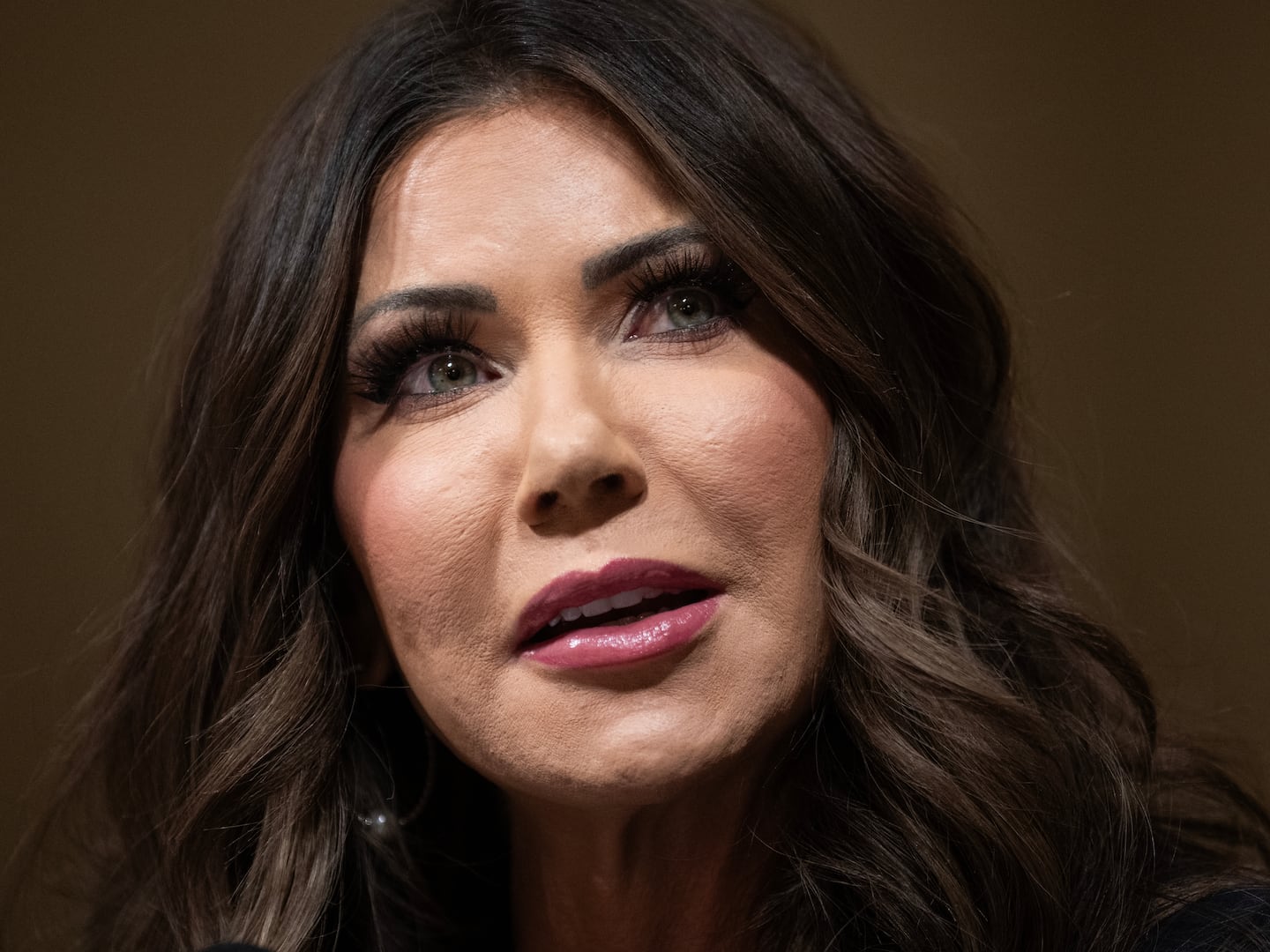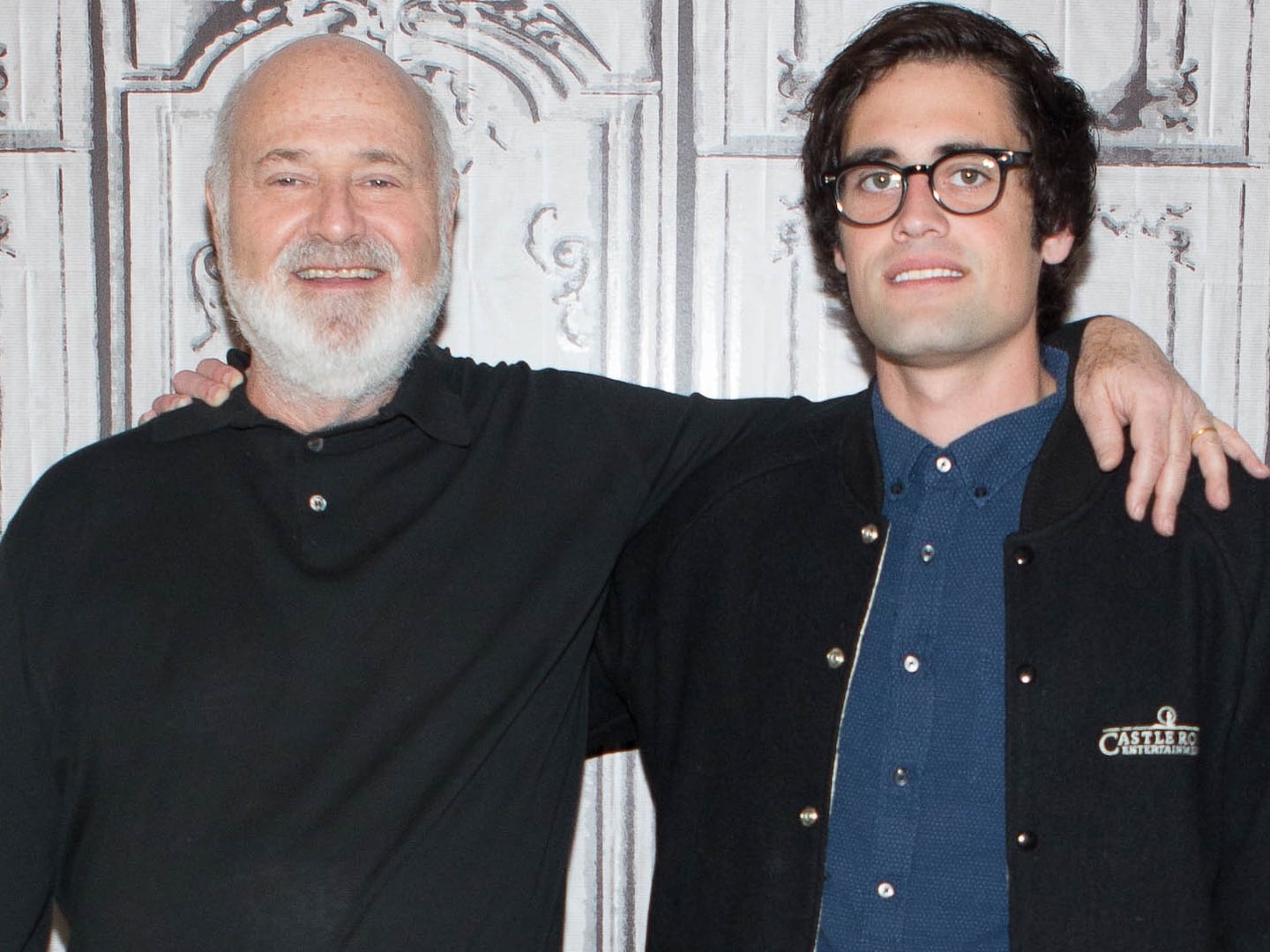
In electing Audra Shay to head the Young Republicans, despite a slew of hate-tinged actions, even the GOP’s future leaders chose to bury the Party of Lincoln. Avlon is the author of Wingnuts: How the Lunatic Fringe Is Hijacking America.
The election of Audra Shay as chairman of the Young Republicans on Saturday—despite The Daily Beast disclosing a half-dozen examples of incidents that fall somewhere on a spectrum between hate and racism —is larger than the elevation of a callous, polarizing candidate to a symbolic office. Seen against a recent trend of racist emails sent by grassroots Republican politicos and the historic trend of Southern conservatives’ realignment into the GOP, it is evidence that the GOP is becoming the Party of Lincoln in name only, a role reversal that has placed the right wing on the wrong side of history.
Evidently, some Young Republicans at this weekend’s convention in Indianapolis did not see their vote’s significance. Kentucky delegate Katherine Miller told the Indianapolis Star, “this controversy really is not the decisive factor for the majority of people voting here… It really has been played up a little bigger than it really is."
Shay’s election reflects a reactionary impulse within the GOP that seeks to dismiss any criticism or inconvenient facts as the work of the liberal mainstream media.
To understand why this really is a big deal, you have to have a sense of history. Then you’ll see where and why the Party of Lincoln went off the rails—and what needs to be done to address its now-gaping diversity deficit and rebuild a big tent that lies in tatters today.
The Party of Lincoln was founded on the principles of individual freedom and national unity. But it has become the party of the Southern conservatives it was founded to confront. Social conservatives are engaged in a domestic culture war against modern individual freedom movements, ranging from gay rights to reproductive rights.The racial diversity that was the Party of Lincoln’s historic hallmark has been surrendered almost entirely to the Democratic Party. And most ironically, talk of secession—to the extent it exists—has become the purview of Republican governors and conservative commentators.
All this can be traced to a Faustian bargain Republicans made precisely 100 years after President Lincoln was re-elected. Between 1860 and 1960—the Civil War and the civil-rights era—contemporary red and blue state maps were entirely reversed, with the South voting solidly Democratic. Its conservative senators and congressmen broke with their party when Lyndon Johnson signed civil-rights legislation that Republican conservatives like Barry Goldwater opposed. In return, Goldwater won an unprecedented five Southern states in 1964 as the conservative Republican nominee, including 87 percent of the vote in Mississippi. With the realignment of Southern conservatives, Republicans’ belief in individual freedom morphed into support for states’ rights, the longtime banner of secessionists and segregationists. African Americans got the message: Of the 23 blacks who served in Congress before 1900, every single one was a Republican. Since the civil-rights era, there have been only three African-American Republicans elected to Congress but 93 Democrats.

As our biblically minded fellow Americans know, you reap what you sow. And while this shift helped Republicans achieve seven out of 10 presidential victories between 1968 and 2004, the country is now decidedly more diverse and it ain’t going back. If the GOP had stayed true to its roots, it would be perfectly positioned to benefit from this demographic evolution. Instead, it is facing not only a diversity deficit, but a demographic nightmare.
In 2008, the McCain-Palin ticket decisively won only towns with populations under 50,000 and voters over age 60. This definition of “real America” is dying—a white, rural traditionalist base is shrinking almost by definition, as the country becomes more diverse and urban. After eight years of Bush-Rove play-to-the-base politics, Republican ranks have been decimated in entire regions. In 1999, Republican governors dominated the Northeast; now there is not a single GOP congressman left in New England. In 1999, there were 13 Republican congressmen from Teddy Roosevelt’s home state of New York, now there are only two. Independent voters are 39 percent of the electorate, while Republicans are 21 percent—their lowest number since Watergate. If you look toward the rising generation, it looks even worse for Republicans—only 19 percent of Americans born after 1977 identify with the GOP.
Shay’s election compounds these problems by cementing stereotypes that have only begun to hold Republicans back. In recent months, Republicans have made significant attempts to address the diversity deficit with the election of Michael Steele and Joseph Cao. But that momentum has been derailed by the election of Audra Shay. And with her pattern of racial callousness and cluelessness out on the table before the vote, it may take a while for young black conservatives to feel welcome in a party that already turned its back on their grandfathers.
Shay’s election also reflects a reactionary impulse within the GOP that seeks to dismiss any criticism or inconvenient facts as the work of the liberal mainstream media. This self-segregates the GOP into ideological isolation. Even the term "big tent"—a banner advanced by Ronald Reagan—is dismissed as code for “squishes” or closet liberals. The hunt for heretics increasingly seems like a hobby for the far right, with special venom reserved for centrists like Colin Powell and even John McCain. Shay’s immediate decision to “de-friend” those who called out the racist comments on her Facebook page reflects this impulse to purge any disagreement or departure from conservative orthodoxy. There is a reluctance to confront extremists for fear of angering the base. And in this, partisan conformity and cowardice is confused with personal courage.
The Republican Party must return to its roots as the Party of Lincoln to revive over the long run. It must reach out to different regions and not just play to the Southern conservative base. It must actively recruit candidates who reflect the full diversity of our country—by articulating an alternative entrepreneurial philosophy of how best to rise out of poverty and achieve the American Dream. It can find common cause with independents and centrists on the issues of fiscal responsibility and national security. But to connect with a new generation, it must resolve the core contradiction at the heart of modern conservatism—the rhetoric of expanding individual freedom is at odds with strident social-conservative policies that alienate anyone with libertarian impulses. The reality is that all young voters are less conservative on social issues ranging from gay rights to the role of religion in politics. Applying narrow social litmus tests to the active exclusion of all others will only further isolate the party.
The damage of Audra Shay’s election has been done—it will be seen as an endorsement of intolerance by the very young leaders who are supposed to help lead their party out of the wilderness. But sometimes you have to hit bottom to bounce back.
The Republican Party must modernize, or risk becoming little more than a collection of common grievances. Rediscovering its founding values of individual freedom and national unity—and applying them with renewed consistency—can, in time, re-establish Republicans as the Party of Lincoln. Failure will lead the GOP to isolation, irrelevance, and the ash heap of history.
John P. Avlon is the author of Independent Nation: How Centrists Can Change American Politics. He writes a weekly column for The Daily Beast. Previously, he served as chief speechwriter for New York City Mayor Rudy Giuliani and was a columnist and associate editor for The New York Sun.






